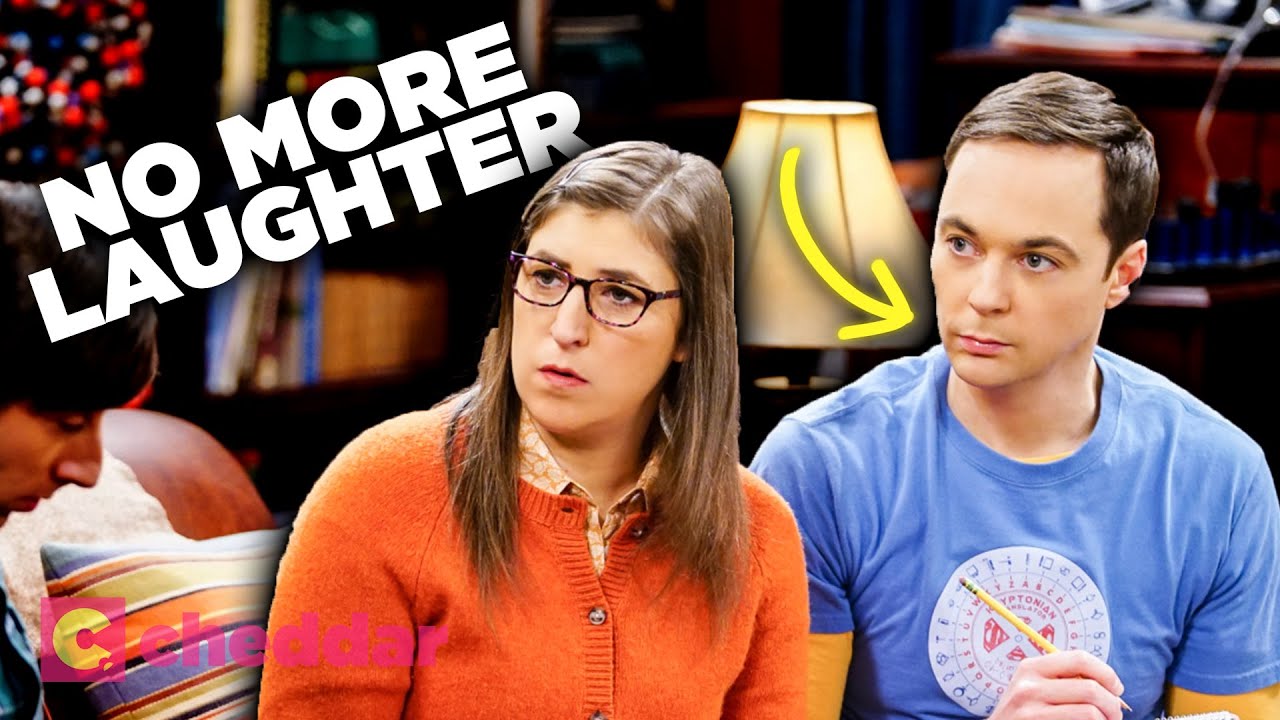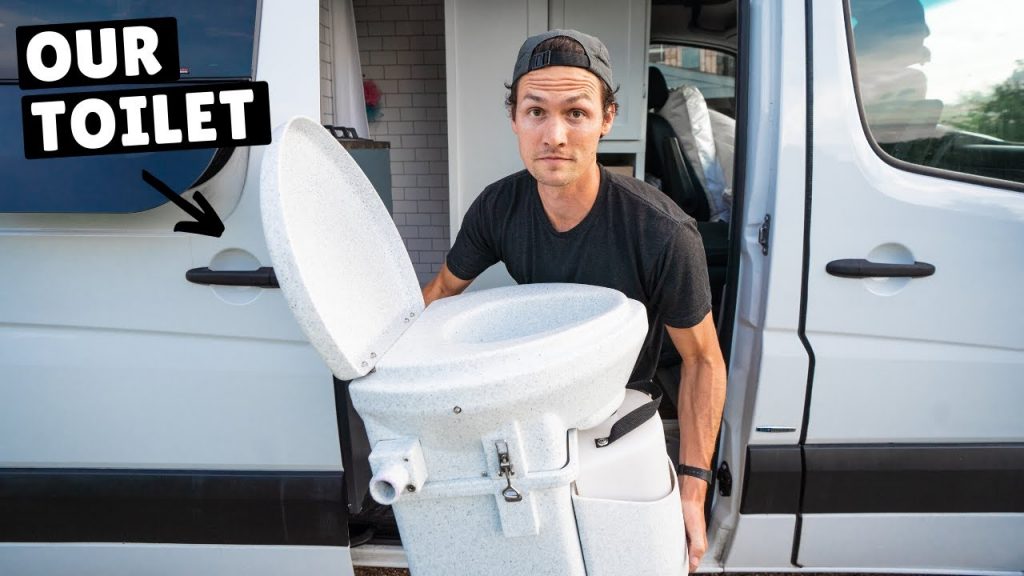Why Sitcoms Stopped Using Laugh Tracks

For the better half of the last century, multi-cam sitcoms across television relied on the laugh track to make TV shows better.
Thanks to the laff box by Charley Douglass, favorite shows from Friends to Seinfeld would use canned laughter to sweeten the comedy. But over the last 10 years, the laugh track has disappeared almost entirely.
What are some other factors that have contributed to the decline of laugh tracks in sitcoms?
In the early days of television, sitcoms were dominated by the use of a laugh track. A recorded sound of canned laughter was played over the show’s dialogue, and the audience was meant to believe that this laughter was coming from a live studio audience. However, in the past few decades, there has been a significant shift in the way sitcoms are produced, and the laugh track has fallen out of favor. So, why have sitcoms stopped using laugh tracks?
One reason for this trend is the desire for authenticity. In recent years, audiences have become more discerning in their tastes, and they expect shows to be more genuine. Laugh tracks can often create a sense of insincerity, as the laughter can feel forced or artificial. By eliminating the canned laughter, shows are allowed to create their own authentic tone, which can be more engaging for viewers.
Another reason for this change in sitcom production is the rise of alternative forms of entertainment. With the advent of streaming services like Netflix and Hulu, viewers have become more accustomed to binge-watching entire seasons of shows at once. Without commercial breaks, there is no need for a laugh track to signify the end of a joke or the transition to a new segment of the show. Instead, modern sitcoms are structured differently, often using serialized storytelling and longer, more complex jokes that don’t require a laugh track.
Finally, there is the changing nature of the live studio audience. In the early days of TV, live audiences were essential to the production process, and their reactions were crucial to the success of a show. However, changes in technology have made it easier to record shows without a live audience, and some shows have been able to eliminate the need for one altogether. This has allowed sitcoms to rely on their own rhythm and pacing, rather than being forced to work around a live audience’s reactions.
In conclusion, the use of laugh tracks in sitcoms has declined significantly in recent years. This change can be attributed to the desire for authenticity, the rise of alternative forms of entertainment, and changes in the live studio audience. While some viewers may still enjoy the classic sitcom formula, many modern audiences prefer shows that feel more genuine and organic, without the artificiality of canned laughter. As the television landscape continues to evolve, it will be interesting to see how sitcoms adapt and innovate in response to these changes.









Man shares apartment with family of huge owls
We Built Our Dream Home, FROM A KIT!
Super Cool DIY Tiny House With HUGE Movie Theatre Loft
He Spent 40 Years Alone in the Woods, and Now Scientists Love Him | Short Film Showcase
I spent a week in darkness, here’s what I saw